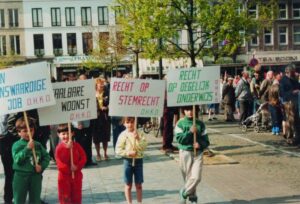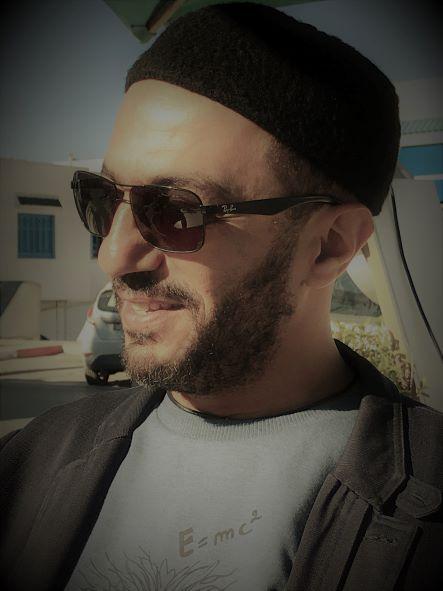Gent into the groove at the Gentsefeesten
Every July, carnival mania descends on the picturesque and offbeat university city of Gent. The annual Gentsefeesten has something for everyone: the hip or the hippy, the mainstream or the outlandish.
This year's Gentsefeesten, which ran between 15 and 24 July, was a sizzling 10 days of revelling during a record-breaking heatwave in Europe. With large stages offering free music on 10 of the city's squares, there was something to suit all tastes: the feverish beats of Latin dance music, thumping techno, cool-cat jazz, offbeat alternative, and even traditional Belgian sing-alongs.
Festivals are an important and integral part of Belgian culture. Although Gent is by far and away the largest urban festival, practically every city, town and village in the country has its own festival, ranging from the latest sounds to folk music, as well as a fair number of religious processions and parades, despite plummeting church attendance. The kermis (originally from kirkmass, or church mass) is a kind of ‘funfair' which is still fairly popular in some parts of the country.
Amongst the hundreds of thousands of revellers the Gentsefeesten attracted there could be found scantily clad teens gyrating on one square, while their grandparents danced cheek-to-cheek on another. Surprisingly, the hot weather kept the numbers slightly down on last year. While an estimated 2 million people turned up during the 10 days in 2005, organisers say that as many as a quarter of a million fewer people turned up this year. Still, the Gentsefeesten is the third largest popular festival in Europe.
Unfortunately, there is a pretty heavy toll to pay for those who happen to live in the midst of the action. Some avoid the noise by going on holiday during the festival. “The Gentsefeesten has turned into a drinking fest,” a friend observed. “Too many people stand about drinking and then they drink some more, until they can't drink any more.” One group of inner-city residents has even hired a lawyer to try and push the city council to make sure that all the stages wind up their performance by 1 am next year.
Although the festival has retained its original spirit of free entertainment in all its main events, it has succumbed to the apparently irresistible march of commercialisation, with most podia receiving corporate sponsorship. The music on offer is also becoming more commercial, particularly on the central stages.
However, those with less mainstream tastes could still find plenty to enjoy on the festival's fringes. Boomtown on the city's Oude Beestenmarkt drew a lot of underground rock, nu-jazz, hip-hop and Latin groove acts. They included Gent's own local boys done good Absythe Minded and the popular hip-hoppers 'T Hof Van Commerce whose dialect is barely understood, even by Flemings. International acts included Girls Against Boys (USA) and Todd (UK).
There are also pay-for events on the fringes of the festival, such as the Blue Note international jazz festival which featured Belgian jazz legend Toots Thielemans, Nigerian ‘rhythmatist' Tony Allen, jazzy hip-hopper US3 and the Fado-inspired Portuguese band Madradeus.
For those who want more than music, there was street theatre, a puppet festival and stand-up comedy, which is currently all the rage in Flanders, with notable names including the faux-naïve Wouter Deprez and the nonsensical all-singing, all-dancing Wim Helsen.
Although Gent has had, on and off, a city carnival for centuries, the Gentsefeesten in its current incarnation was born in the late 1960s and was the brainchild of Belgian rocker Walter De Buck and the Trefpunt co-operative group.
“It all began in 1969 with three mics on one podium stacked on two beer crates,” recalled Roland Van Campenhout, a Belgian blues artist who performed at the first Gentsefeesten, in an interview with 09. “Gent in those days was a bit of a dead city… Now it is a vibrant city and that is largely thanks to the festival.” And Gent has, indeed, become a trendy and hip corner of the country.
__________
This article appeared in the September 2006 issue of (A)WAY magazine.


